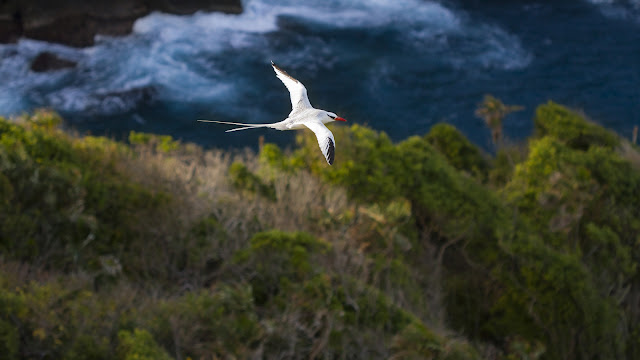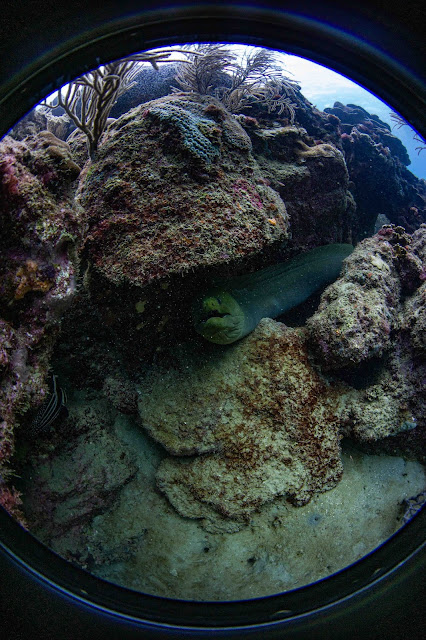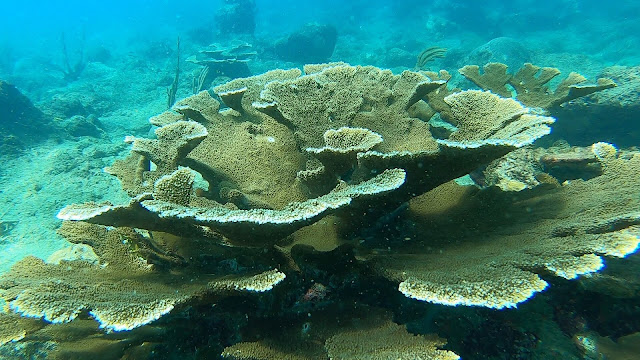Looking for Nudis (sea slugs)
Divers “collect” images of these undersea creatures, much like birders pursue the birds in their habitats. This piece is an ode to some weird and wonderful little creatures of the marine world. Dr Anjani Ganase, marine ecologist, looks at nudibranchs
If I were to mention that this piece is about sea slugs, you might imagine the slimy land slugs that raid your crops and leave in their wakes unapologetic trails of slime. However, sea slugs, also known as nudibranchs (pronounced noo-dee-bronkh), on the other hand, have evolved to become some of the most vibrant marine critters adapted with flamboyant costuming in vivid colours and eccentric patterns. They have amassed a following of divers - similar to birders - who travel the world to collect images of these tiny creatures.

Sheep nudibranch, Tulamben, Bali. Credit: Toby Matthews /
Ocean Image Bank
What are nudibranchs?
Nudibranchs are part of a large group of sea slugs (opistobranch) that are shell-less soft bodied gastropods found in the ocean. They have replaced the shell with other structures that run along their back. Nudibranch are named after the “naked gills” found on their backs which they use for breathing. There are about 3000 species of nudibranchs found in the shallow waters of the ocean all around the world. They span the polar to the tropical regions. There are a handful that live on Caribbean coral reefs. There are a few species present on Tobago’s reefs, most common is the Lettuce Sea Slug. Quite a few species can be found in Mexico along the Mesoamerican Reef System and along the Florida Reef Tract. Most are relatively small and very hard to pick out on a reef or rocky wall, especially if their colour patterns allow them to blend in.
There are two basic body forms of nudibranchs. The ‘aeolids’ have spiky projections that cover their bodies to resemble a colourful porcupine or a snail with dreadlocks. These projections are called cerata that aid in feeding, breathing and even defence. The other body plan occurs in ‘dorids,’ where the plume of gills is concentrated on the dorsal area of the body surrounding the anus and looks like a pom pom. These gills allow the nudibranchs to breathe underwater. The heads of dorids have two projections that resemble horns but are in fact rhinophores to assist in smell or chemical signals underwater. On the underside lies the nudibranch’s mouth with two feeding tentacles. Dorids feed and smell on one side of the body and breathe and poop on the other end of the body, while aeolids have a branching digestive system that extends throughout the body and into their cerata.
While most nudibranchs crawl along the sea floor, some such as the Spanish dancer, can swim by propelling their body back and forth, and resembles the sway of the Spanish dancer’s skirt. They swim to escape predation. Nudibranchs are carnivores and mostly graze on sponges, coral, anemones and even other species of nudibranchs. While they don’t have teeth, they have a tongue with tiny spikes on it to help with their feeding.

Glossodoris cincta. Credit: Erik Lukas /
Ocean Image Bank
Why are they so colourful?
How nudibranchs have adapted against predation and to feed seems to span the bizarre and absurd. The removal of the shell during their larval phase results in nudibranchs developing alternative adaptations to facilitate protection. One strategy is camouflage where their patterns allow them to blend into the surrounding environment. Nudibranchs have evolved to resemble soft corals, algae or have even become partly transparent in their colours and textures. Conversely, brightly coloured patterns, textures and odd growth projections can make them stand out from the environment and signal to predators that they may be toxic. Nudibranch species are known to incorporate the toxins from their prey into their own bodies and use it as deterrent from predators themselves. For example, the blue angel, Glaucus atlanticus, species will eat the stinging cells of the blue bottle man-o-war jelly fish and incorporate it into its body as a defence mechanism. Another species, the blue sea dragon, Pteraeolidia ianthina, also takes the algae cells called zooxanthellae from corals and jellyfish to incorporate them into their own digestive system in a special temporary symbiosis so that they can get food from the sunlight through photosynthesis.

Dorid nudibranch, Bali. Credit: David P. Robinson / Ocean Image Bank
Ironically, for all the colour patterns they have, nudibranchs have very poor eyesight and can only detect shifts between dark and light.
Nudibranchs are hermaphroditic, meaning they have both male and female reproductive organs. They do not have long life spans and are thought to live solitary lives. However, they do seek each other out for mating. They do this by detecting and following each other’s slime trails. They can therefore fertilize each other during mating. They then lay long coiled ribbons of eggs.

Aeolid nudibranch. Credit: Grant
Thomas / Ocean Image Bank
References: Nudibranchs, true facts https://youtu.be/F7V8DRfZBQI


